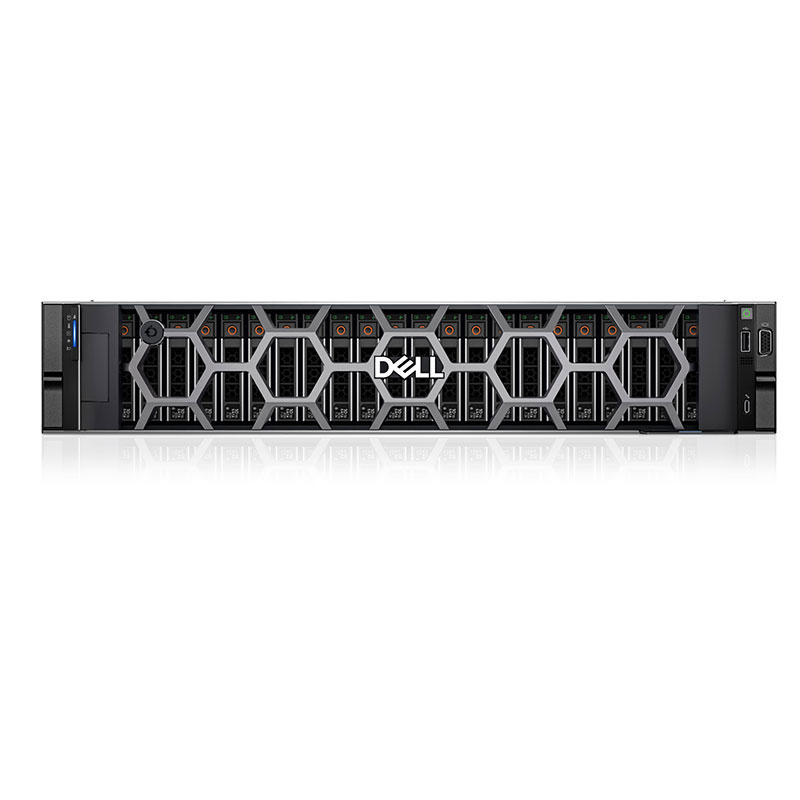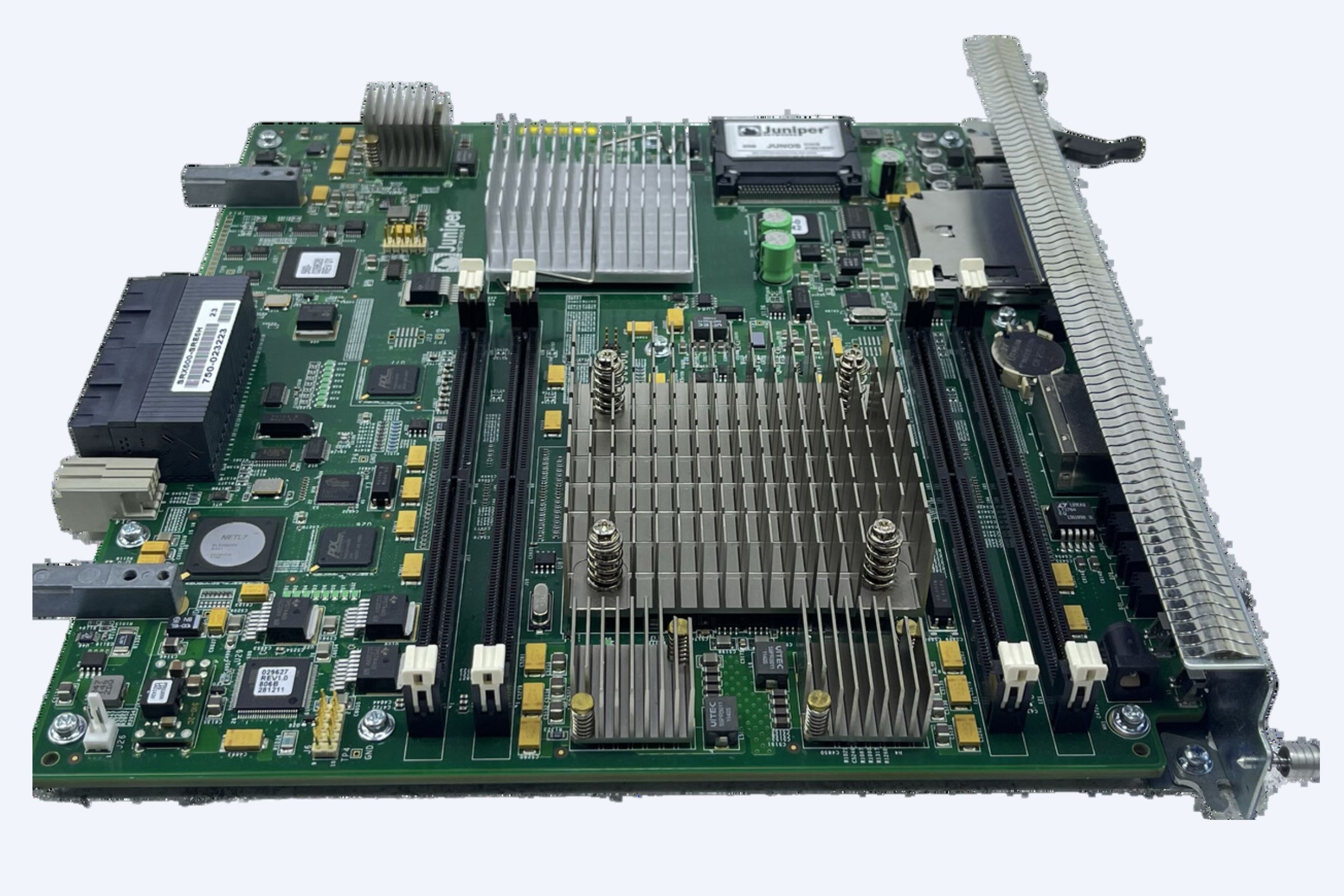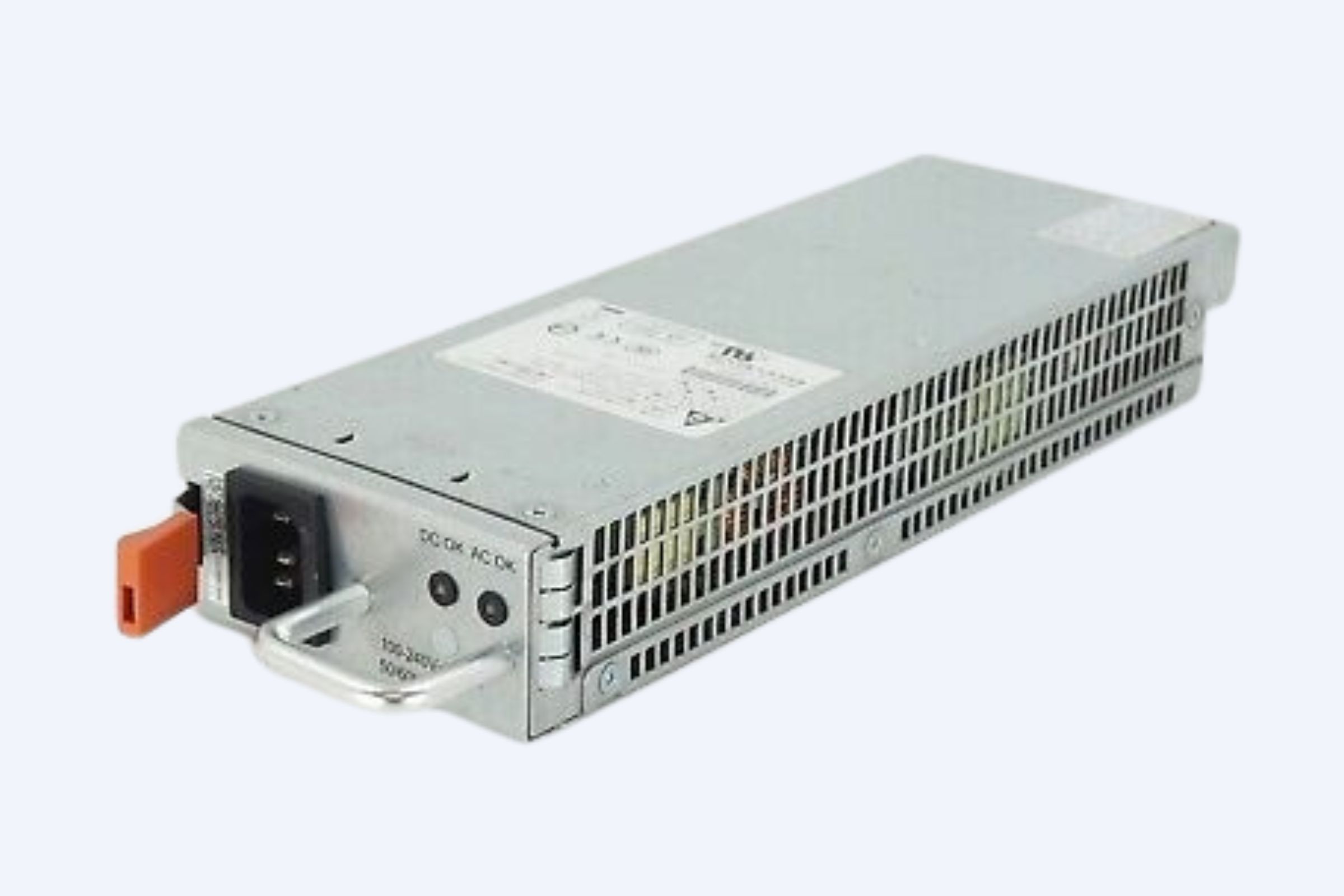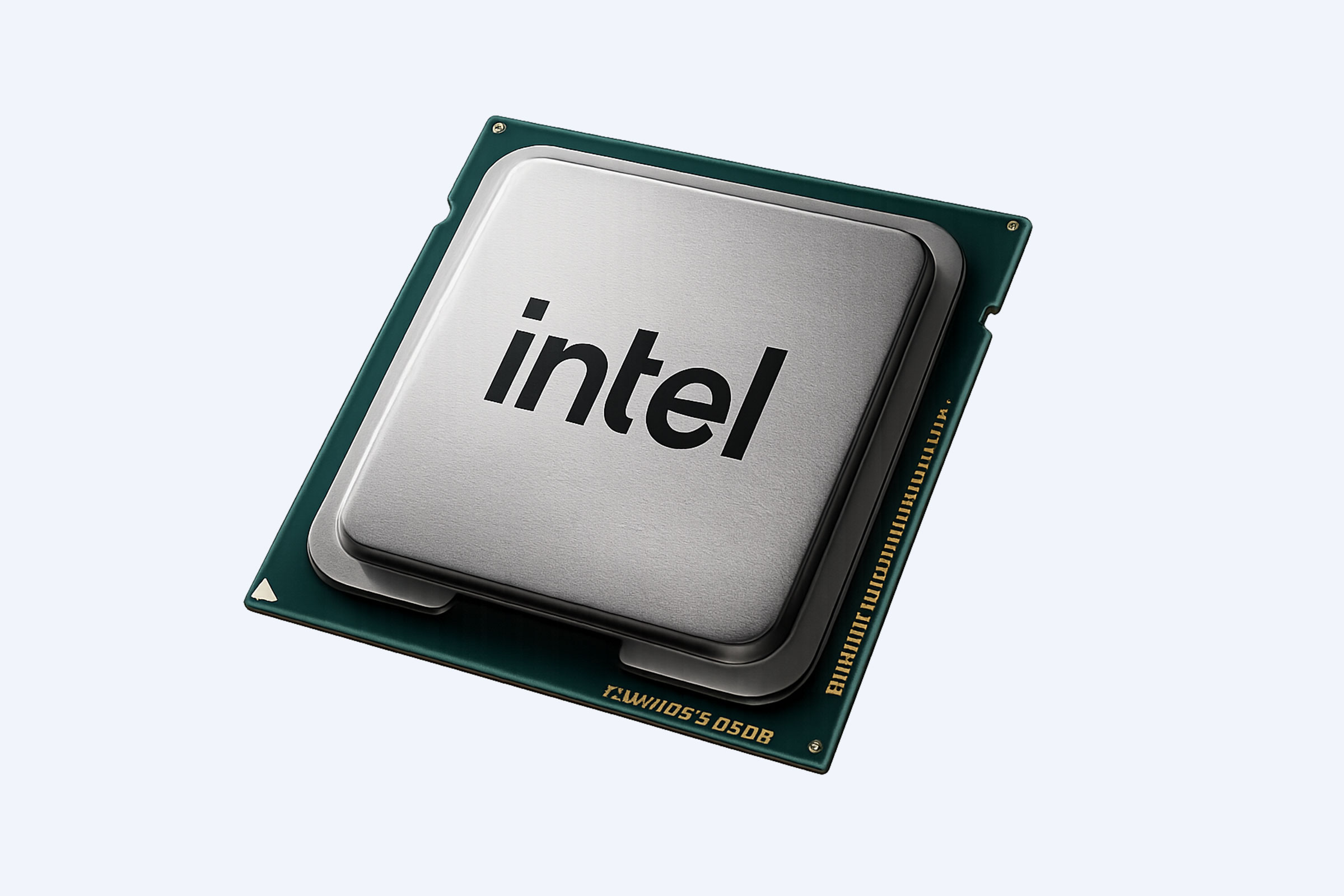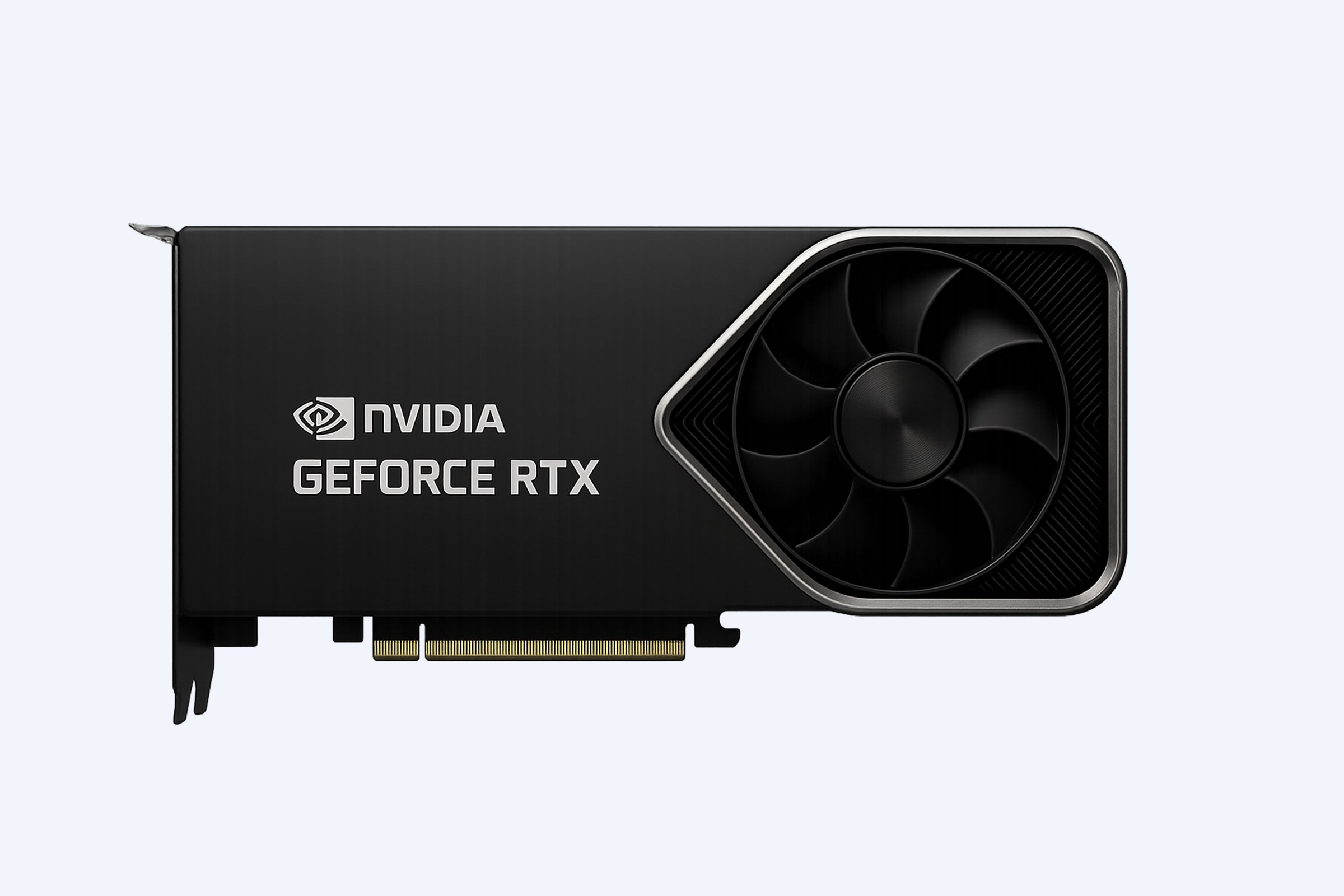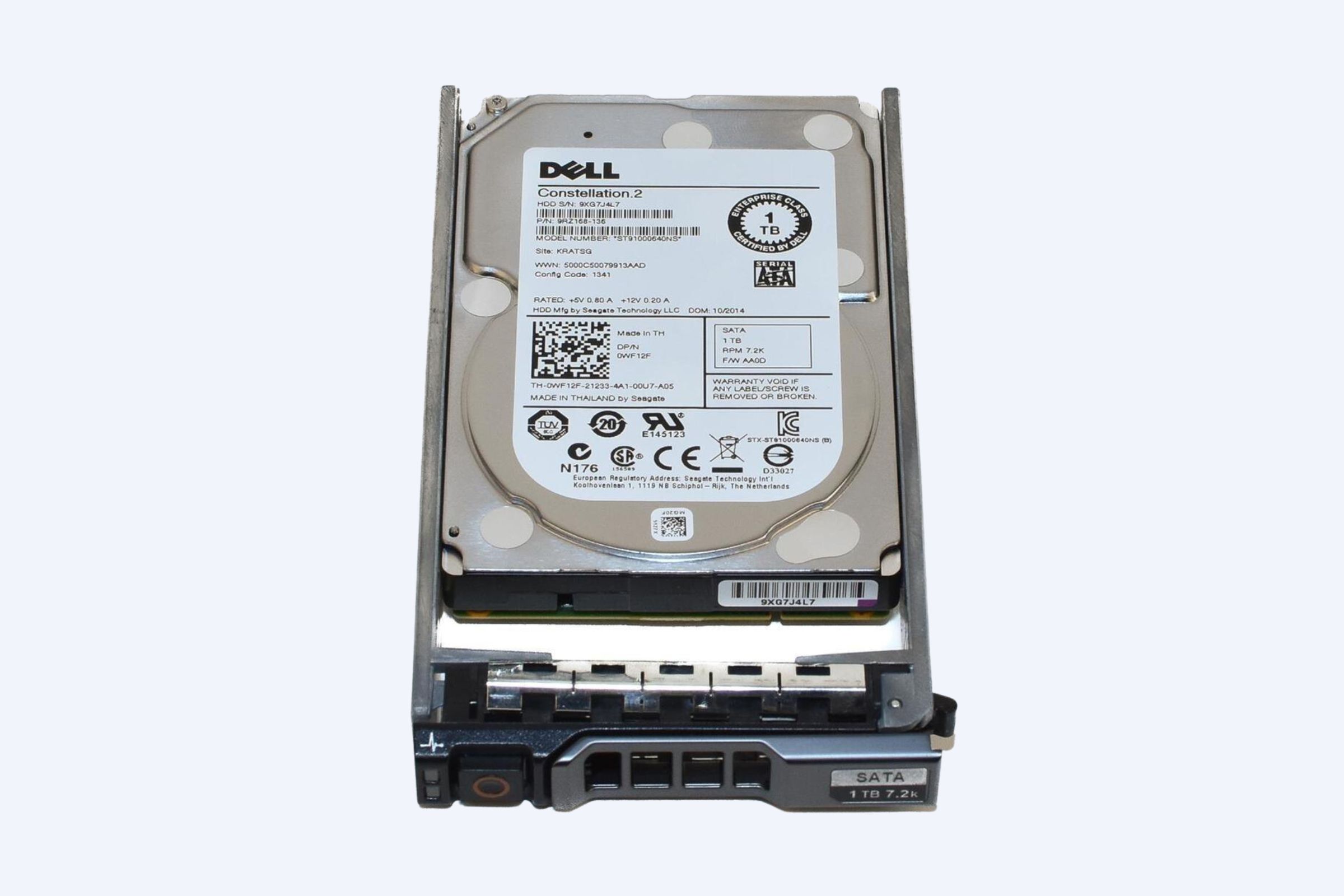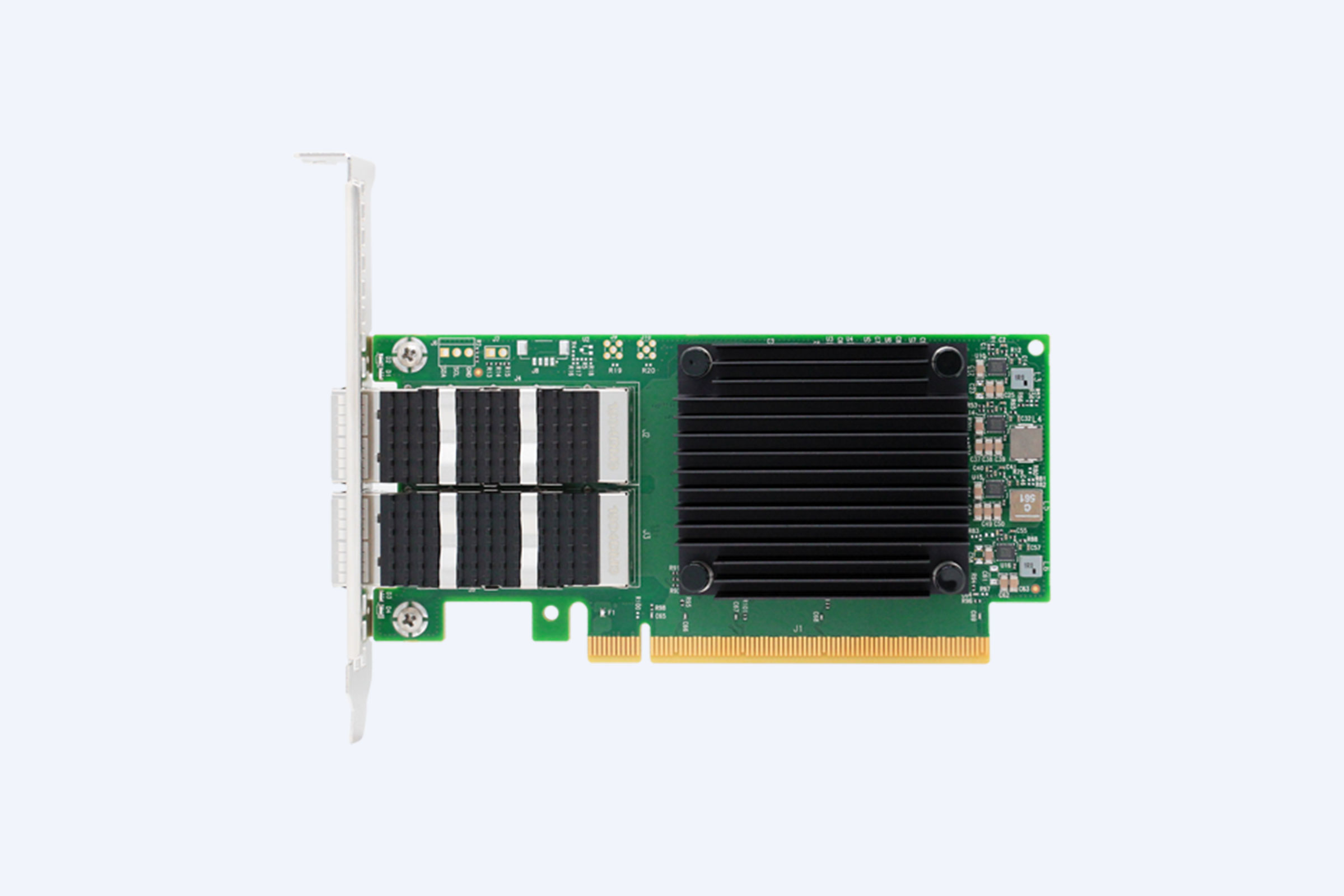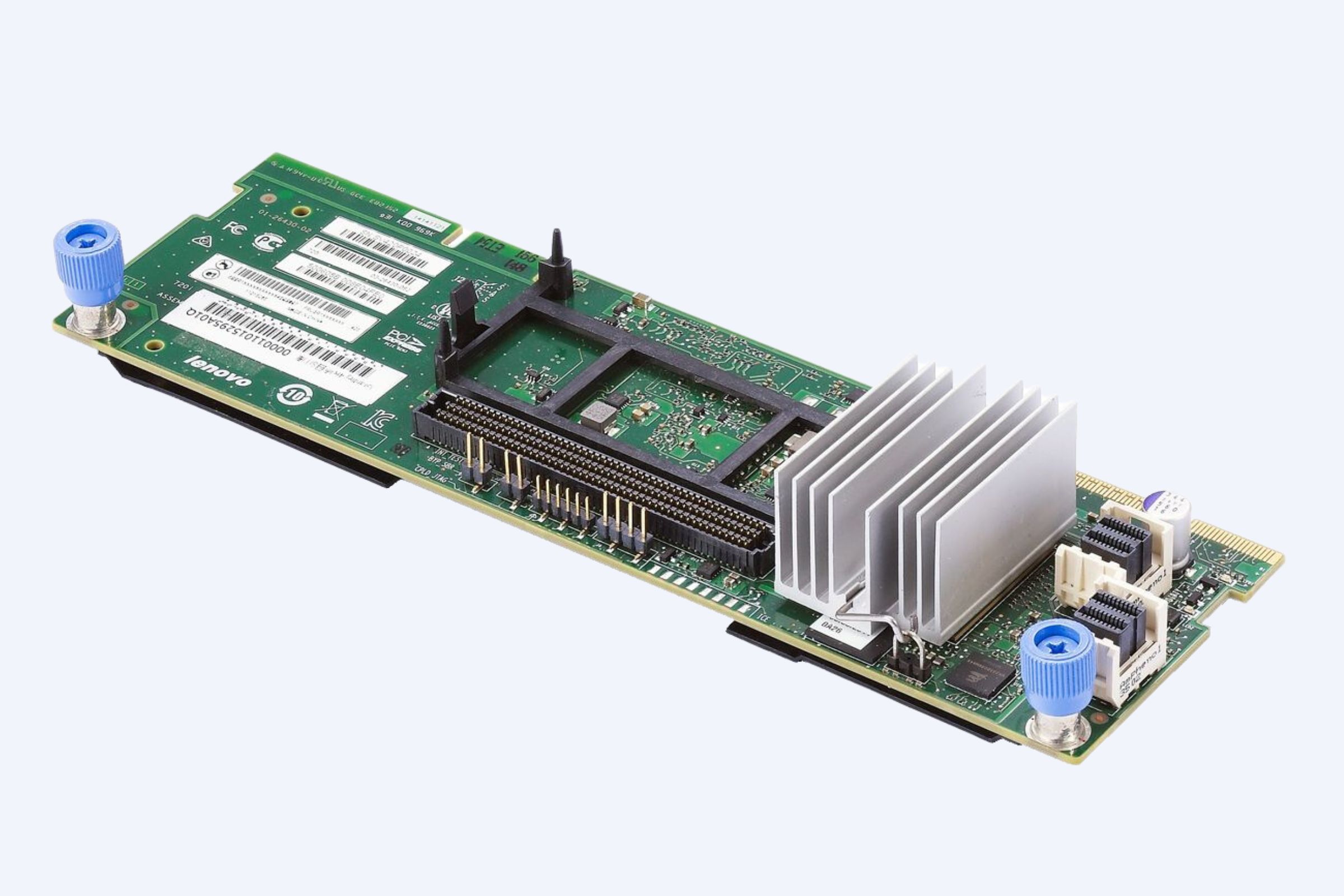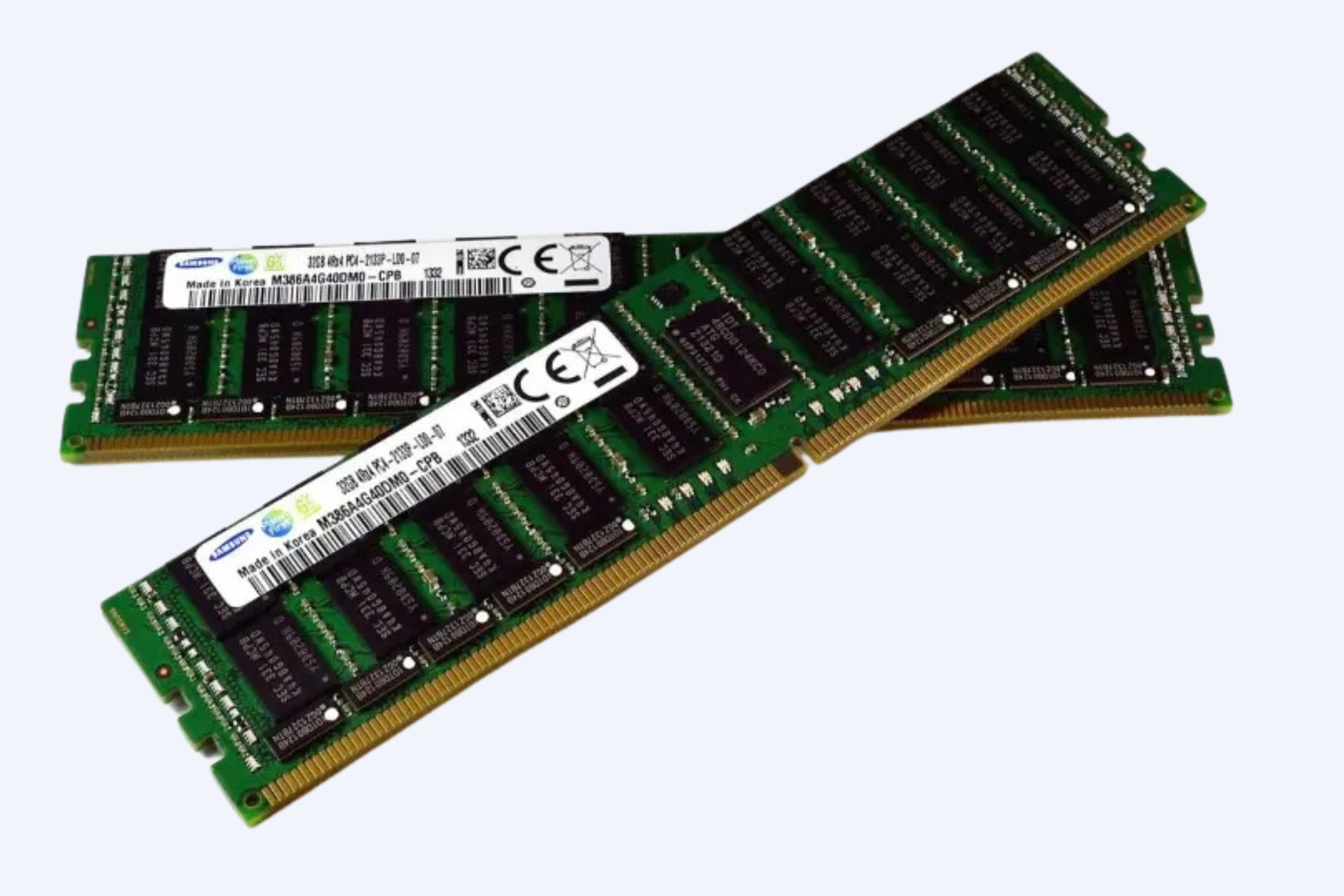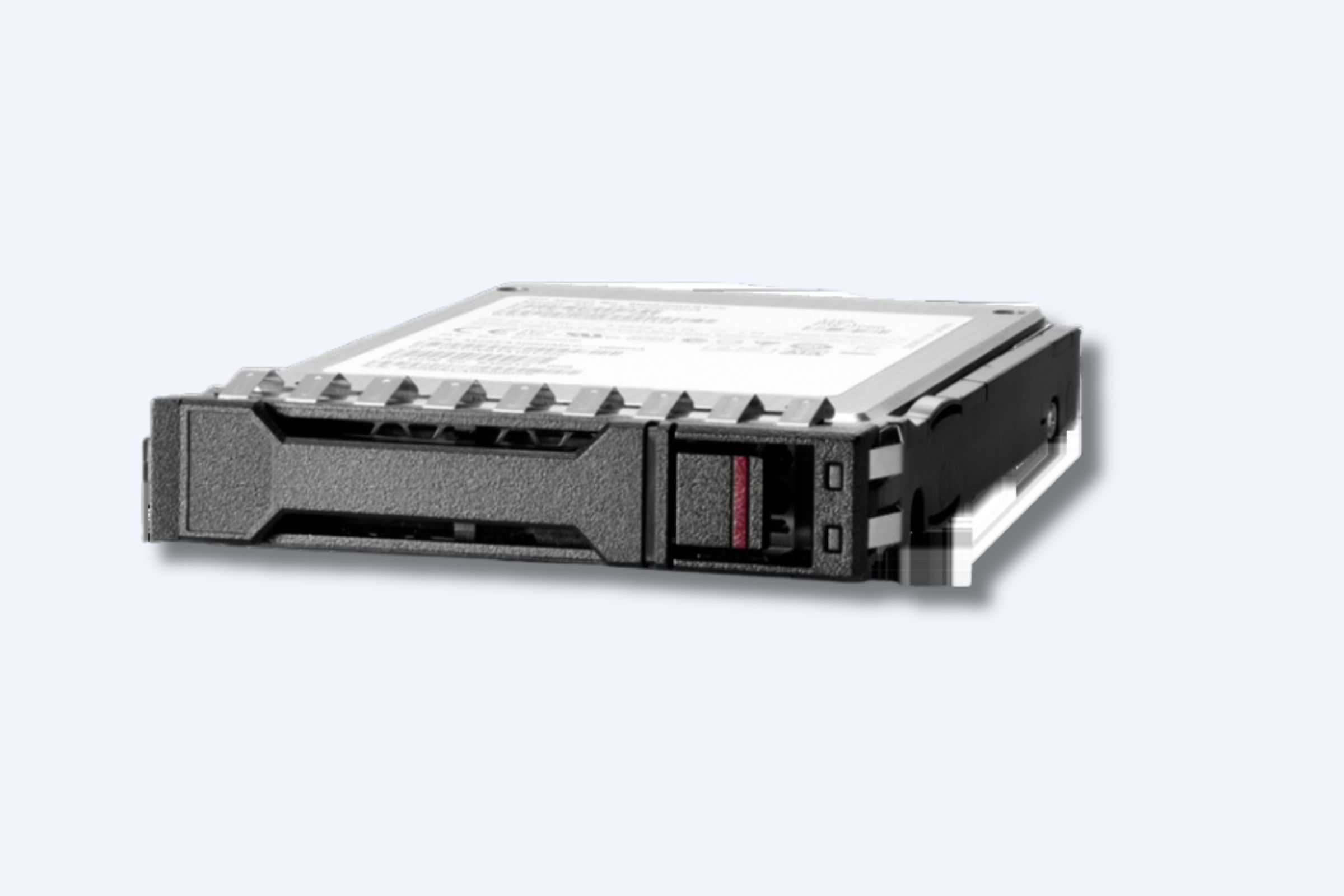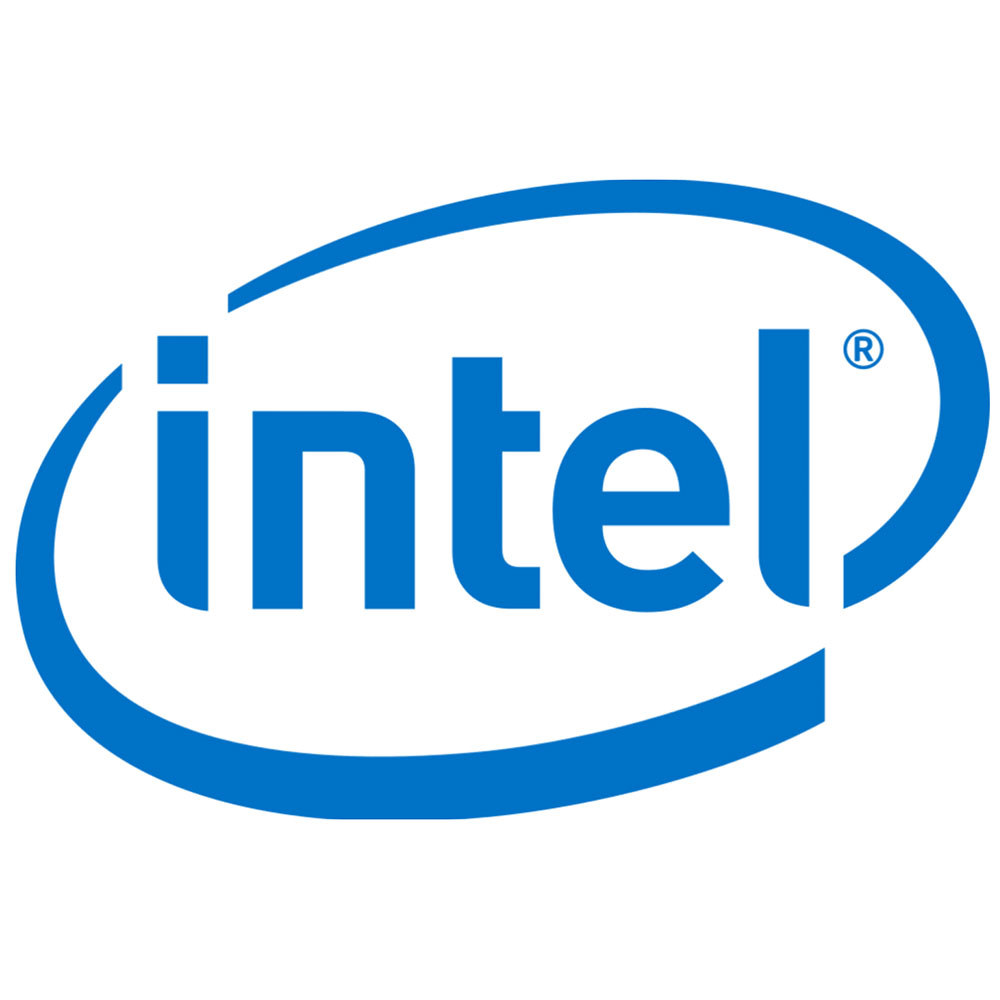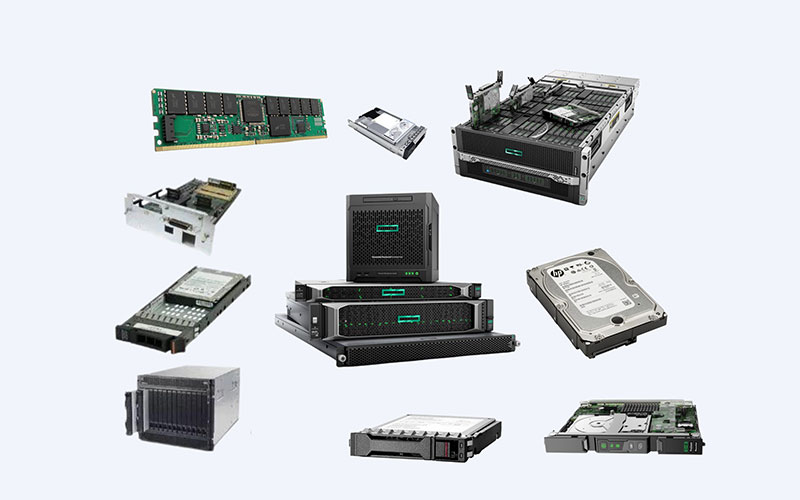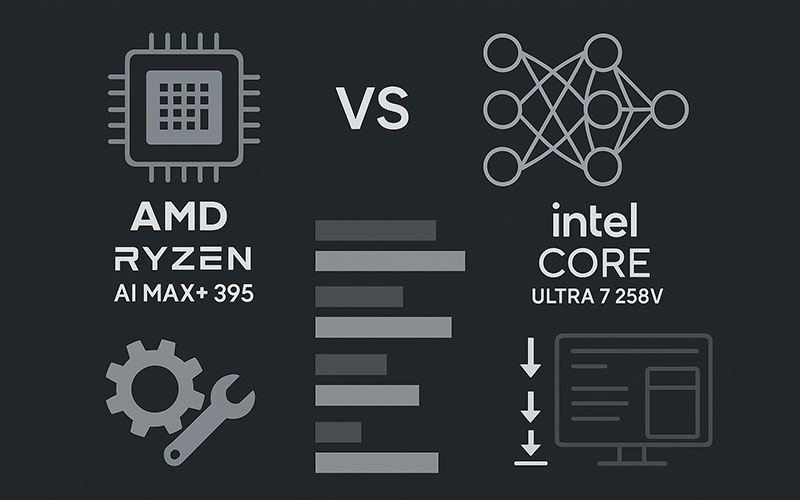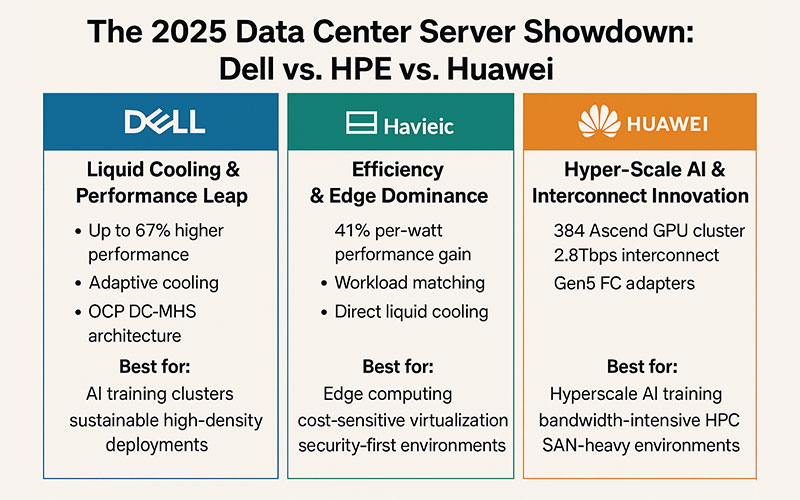Forget just filling slots. Choosing between 2U and 4U rack servers is like selecting teammates for a high-stakes project. It’s about matching personality (workload demands) with capability (hardware potential) within the constraints of your data center’s real estate and budget. Neither is universally “better”; they excel in different arenas. Let’s break down their distinct characters.
The Core Differences: More Than Just Height
| Feature | 2U Server Personality | 4U Server Personality | Why It Matters |
|---|---|---|---|
| Physical Space | Compact (3.5″ height) | Spacious (7″ height) | Dictates how many servers fit per rack; impacts density and airflow planning. |
| Design Ethos | “Density & Efficiency First” | “Maximum Power & Expandability First” | Shapes what components can be integrated and how they perform/cool. |
| Raw Compute | ✅ High-Core Count CPUs (Modern) ✅ Often 2 Sockets | ✅ High-Core Count CPUs ✅ Often 4 or 8 Sockets ✅ Higher TDP CPU Support | 4U wins for sheer socket count & supporting the most power-hungry CPUs. 2U excels in core density per U. |
| Cooling Style | Precision Airflow (Tight Spaces) | Generous Airflow / Potential for Liquid Cooling | 4U handles extreme thermal loads (e.g., 350W+ CPUs, many GPUs) more gracefully. |
| The Unsung Hero: PSU | ✅ Typically 1-2 (e.g., 800W-1600W) ✅ High-Efficiency Platinum+ | ✅ Often 2-4 (e.g., 2000W-3000W+) ✅ Redundant & Scalable | 4U provides massive, scalable power for power-hungry components and redundancy. |
Where They Shine: Playing to Their Strengths
The 2U Champion (The Agile Specialist):
- Loves: High-density virtualization, web/app serving, distributed databases, HCI nodes, network functions (firewalls, load balancers).
- Why: Packs immense core count into minimal space. Efficient cooling handles demanding but standard CPUs and moderate GPU/accelerator needs (e.g., 1-2 GPUs). Perfect when rack space is prime real estate and workloads scale horizontally.
- Watch Out: Can get thermally constrained with ultra-high-TDP CPUs or dense GPU configurations. Limited internal expansion beyond core compute/memory.
The 4U Powerhouse (The Heavy Lifter):
- Loves: Massive in-memory databases (SAP HANA), high-end virtualization with huge VMs, Big Data analytics (Hadoop, Spark), complex simulations (CAE), AI/ML training (dense GPUs), high-performance storage servers (SAN/NAS heads).
- Why: Unmatched internal expansion for drives, memory (think 8TB+ RAM), and accelerators (4-8+ GPUs). Handles the most power-hungry CPUs and GPUs with superior thermal headroom. Ideal for vertical scaling (scaling up a single server).
- Watch Out: Consumes significant rack space and power. Higher initial cost per unit. Can be overkill for many standard workloads.
Storage & Memory: The Capacity Divide
| Feature | 2U Realities | 4U Possibilities | Impact |
|---|---|---|---|
| Drive Bays | ✅ Typically 12-24 x 2.5″ (SFF) ⚠️ Limited 3.5″ (LFF) | ✅ Often 24+ x 2.5″ (SFF) ✅ Common 12-36+ x 3.5″ (LFF) | 4U dominates for high-capacity HDD storage or massive NVMe pools. 2U excels in SSD density. |
| Memory Slots | ✅ Typically 16-32 DIMM Slots | ✅ Often 32-64+ DIMM Slots | 4U enables truly enormous memory configurations (>4TB) crucial for in-memory workloads. |
| PCIe Slots | ✅ Typically 4-8 (LP/HHHL common) | ✅ Often 8-12+ (Full-Height/Length common) | 4U supports more accelerators (GPUs, FPGAs, NICs, HBAs) and full-sized cards. |
Making the Strategic Choice: Ask These 5 Questions
- What’s the Core Workload Personality? Is it about density (many VMs/containers) or raw, single-system power (big data, huge VMs, heavy compute)?
- How Hungry is Your Hardware? Do you need the absolute highest TDP CPUs or plan to deploy 4+ high-end GPUs? Thermal limits are real.
- Storage Appetite: Do you need vast amounts of spinning disk (LFF) or an enormous pool of NVMe drives?
- Memory Needs: Will you exceed 2-3TB of RAM per server?
- Rack Reality Check: What’s more constrained – physical rack space (U) or power/cooling capacity?
The Verdict:
- Choose 2U when your mantra is “density, efficiency, and scale-out.” It’s the workhorse for modern cloud-native apps, general virtualization, and environments where fitting more cores per rack unit is critical.
- Choose 4U when you need “maximum horsepower, expansion, and scale-up.” It’s the titan for memory-bound applications, intensive compute, dense AI, and massive storage consolidation where per-server capability trumps density.
The best data centers aren’t filled with just one type. They strategically deploy both 2U density specialists and 4U heavy lifters, creating an optimized infrastructure where each server’s personality perfectly matches its mission. Understand your workloads, respect your constraints, and choose the form factor that unlocks the right kind of power.



